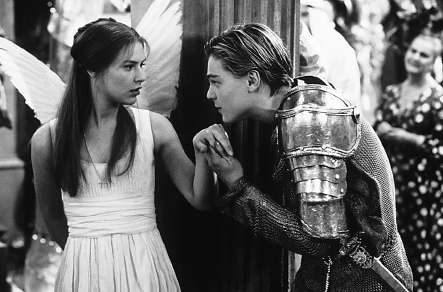Perceptual Barriers
Perceptual Barriers
Page 35
Karl Krayer is a communication consultant who does diversity training for corporations, schools, and other organizations. Based on his experience, Krayer notes that successful intercultural communication requires mindfulness, respect for others, and accurate perceptions of situations. “Resistance to cultural diversity usually boils down to ignorance,” he says. “Once people understand other cultural groups better, it doesn’t take long to see . . . people working cooperatively together for a common cause” (personal communication, May 19, 2004). In our diverse world, perceptual challenges, including narrow perspectives and stereotyping, can present barriers to competent communication.
A Narrow Perspective. When Hurricane Katrina devastated New Orleans in 2005, leaving countless residents trapped on rooftops or huddled in the Superdome for shelter, many Americans wondered why New Orleans residents didn’t just get into their cars and leave the city when the flood warnings were announced. For many upper- and middle-class Americans, the idea never crossed their minds that a family might not own a car, might not have enough money to stay in an out-of-town hotel, or might fear that their abandoned home would be looted. Their own experiences clouded their perception of other people’s reality. Individuals who fail to consider other cultural perspectives in this manner have cultural myopia, a form of nearsightedness grounded in the belief that one’s own culture is appropriate and relevant in all situations and to all people (Loden & Rosener, 1991). Cultural myopia is especially dangerous when members of the dominant group in a society are unaware of or insensitive to the needs and values of other members of the society.
Stereotyping and Prejudice. Schemas can be dangerous in a diverse society if we overrely on them to make generalizations about people. For example, stereotyping is using an impression so fixed or set that you apply your perceptions of an entire group to each individual from that group.
Stereotypes may be positive, negative, or neutral; they may be about a group to which you belong or one that is different from your own. If you have a negative stereotype about corporate executives, for example, you may think that they are all greedy and unethical, even though many (if not most) are hardworking, honest men and women who have climbed the corporate ladder. On the other hand, a positive stereotype might blind you to bad behaviors that don’t conform to your ideas.

Stereotypes lead to prejudice, a deep-seated feeling of unkindness and ill will toward particular groups, usually based on negative stereotypes and feelings of superiority over those groups. In its most extreme form, prejudice can lead to a belief that the lives of some people are worth less than those of others. Indeed, the institution of slavery in the United States flourished based on this belief. Even today, the cultural landscape of almost every nation is dotted with groups who advocate the notion of racial superiority.
Prejudice is not limited to groups either. We might have preconceived ideas about an individual based on limited experience. If Shayla was feeling ill on the day that Clark met her, he might conclude that she is grumpy all the time. This snap judgment colors his perception of her in future communication. Clark has made the fundamental attribution error discussed earlier in this chapter. Making that same kind of error based on judgments about a person’s race, culture, or ethnicity is a common trap. We’ll discuss these perceptual errors further—and ways to remove them—in chapter 3.
LearningCurve
bedfordstmartins.com/commandyou